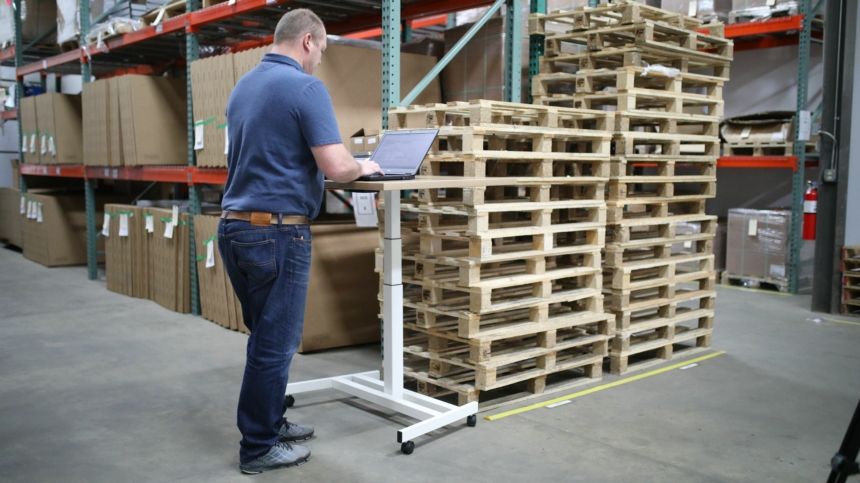The Art of Inventory Management and Cost Optimization through Auctioning

The Peril of Too Much Inventory
Having an excess of inventory might seem like a safety net, providing a sense of security against sudden surges in demand or supply chain disruptions. However, this perceived security can quickly turn into a liability. Holding too much inventory ties up valuable capital that could otherwise be invested in innovation, expansion, or better employee benefits.
Excessive inventory also leads to increased carrying costs, such as warehousing expenses, insurance, and potential inventory obsolescence. Moreover, it can create a strain on the environment, as it often results in the wasteful use of resources and increased carbon footprint due to overproduction.
The Pitfalls of Just in Case Inventory
On the other hand, some companies opt for a "just in case" inventory strategy. This approach involves maintaining the minimum possible inventory levels to reduce carrying costs. While it can seem prudent in theory, it poses significant risks. A sudden increase in demand or a disruption in the supply chain can quickly lead to stockouts, resulting in dissatisfied customers and missed revenue opportunities.
The High and Low Costs of Inventory Management
Managing inventory effectively requires a delicate balance between minimizing costs and ensuring operational efficiency. Maintaining a lean inventory comes with lower carrying costs, reduced risk of obsolescence, and increased flexibility to respond to market changes. However, it may also entail higher ordering costs, potential stockouts, and reduced bargaining power with suppliers.
On the other hand, holding excess inventory might provide a cushion against stockouts but can lead to increased holding costs, wasted resources, and reduced profitability. Achieving a cost-optimal inventory level demands a data-driven approach, utilizing advanced analytics and forecasting techniques to predict demand accurately.
Unlocking Value through Auctioning
In recent years, an innovative approach to inventory management has emerged – auctioning. Traditionally used for selling surplus or obsolete inventory, auctioning has evolved into a strategic tool for optimizing inventory levels and reducing carrying costs.
Auctioning allows companies to set a reserve price for their inventory and allows potential buyers, whether consumers or other businesses, to bid on the products. This process creates a transparent market value for the items, enabling companies to sell their excess inventory at competitive prices.
The benefits of auctioning are multi-fold. Firstly, it provides an opportunity to recover costs on surplus inventory that might otherwise have gone to waste. Secondly, it stimulates demand by offering consumers the excitement of participating in auctions and potentially winning coveted products at discounted prices. Lastly, auctioning fosters a culture of efficiency within the company, encouraging proactive inventory management and agile response to market dynamics.
Conclusion
Finding the right balance between too much inventory and just in case inventory is a critical decision that every business must make. Striving for an optimal inventory level can significantly impact costs and overall profitability. While holding excessive inventory might seem secure, it ties up valuable resources and can lead to wastage. Conversely, maintaining a lean inventory can result in missed opportunities and dissatisfied customers.
Auctioning emerges as a viable solution to tackle both the pitfalls of excessive inventory and the risk of stockouts. By implementing auctioning strategically, companies can unlock the value in their surplus inventory, maintain cost-effective operations, and foster a culture of efficiency and innovation.
In this ever-changing business landscape, embracing data-driven inventory management and innovative approaches like auctioning can provide companies with a competitive edge, ensuring they stay agile, adaptive, and resilient in the face of uncertainty. The key lies in striking the right balance and embracing innovative solutions that drive success in the modern era of business.